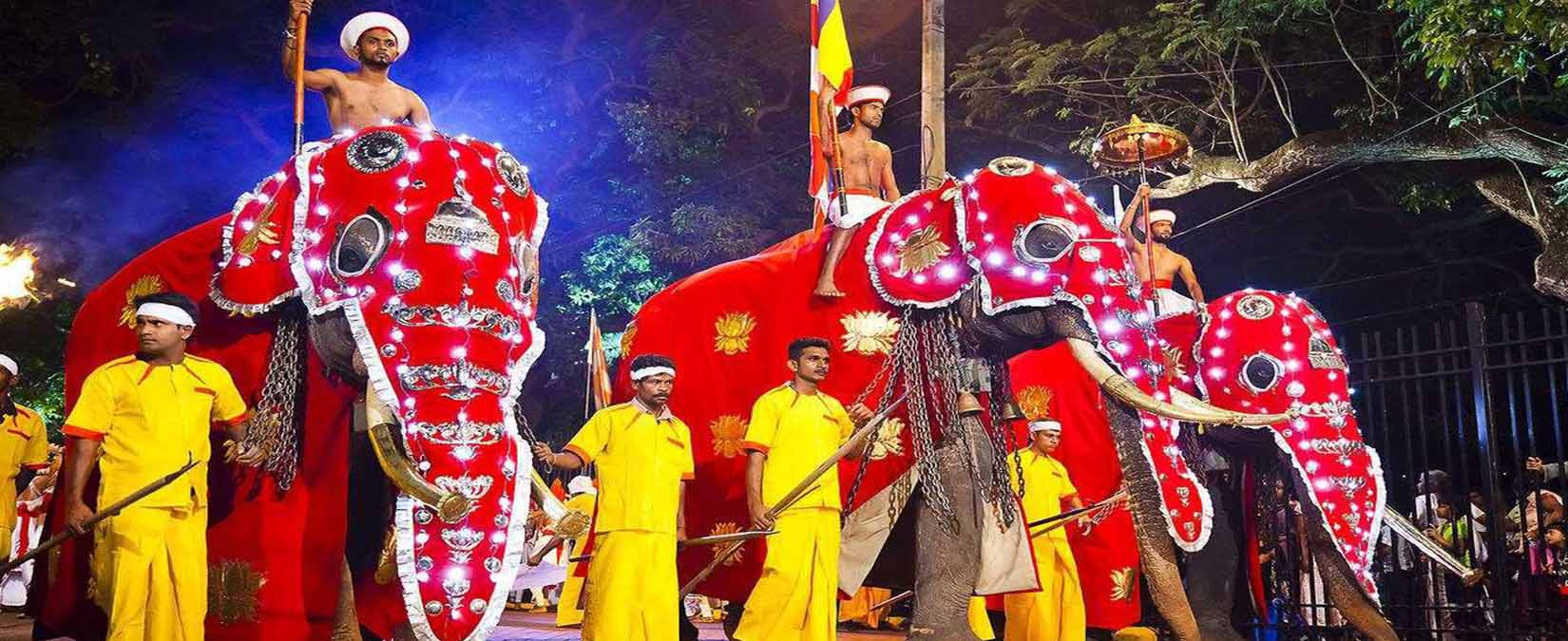


Kandy-Elephants
ruwanweliseya-anuradapura-srilanka
sri-lanka-culture



Sri Lanka is not just one of the countries in the world, it is one of the few countries which is rich in diversity and has an unprecedented culture in the world and famous for its value. Most of the countries in the world have borrowed and extracted cultures or a mixture of cultures taken from many counties.
The most special fact about Sri Lanka is that it has its own identical culture. But as SriLankan inheritors of that greatest culture the present generation of our country should proudly think of it and understand its identity. When we look into the long history of Sri Lanka, we have to accept that its culture is its identical mark and the culture of Sri Lanka and Sri Lanka seem one factor and not two detached from each other. We can say without any doubt that the Sri Lanka’s culture that can be directly identified is more than 2000 years old. It is true that Sri Lanka’s culture was inspired by Buddhist Philosophy and Buddhist Culture and starting from primitive cultural features that belongs to ancient eras its culture has evolved into a multicultural one with very advanced social features. It is not a secret that a large number of values, qualities, beliefs as well as rituals can be seen in Sri Lanka’s culture. Because of that, that long lasted culture has been inherited from generation to generation.
‘Paasheyin’(Paahiyan) Bhikku and Iban Bathutha who travelled in ancient Sri Lanka have mentioned in their notes highlighting the value they found in Sri Lanka’s culture. Not only that Robert Knox who had been a prisoner for a long period in Sri Lanka during the reigns of ancient kings has also amazingly written the regularity and the strength of Sri Lankan culture. Likewise, Dr. R.L. Spittle and Brohiyer who served in Sri Lanka as officials during the British colonial era have noted down very important notes in their books about the Sri Lankan cultural features based on their experiences.
Cultural features, not only taken from Buddhist culture but also from other cultures like Hindu, Catholic, Islam and regionally prevailing ethnic and religious features have contributed to enrich the main culture of Sri Lanka. And therefore, it is not necessary to reiterate the power and greatness of it. When we consider the cultural bonds of the aboriginals (Aadiwaasin) of Sri Lanka, they too play a major role in connection with the Sri Lankan main culture.
There are evidences more than enough to prove that the elements of Art, language and Creations are in a very developed state in the culture of Sri Lanka. Even today, thousands of thousands tourists from all over the world come to visit the glamorous and bewitching ‘Sri Dalada Perahera’ procession which is known as Sri Lanka’s colossal cultural festival proving that the highest place given to Art in Sri Lankan culture. Dancing events belonging to up country, lower country and Sabaragamuwa traditions and rituals related to artistic events like ‘Thovil’ and ‘Yaga’ show the bondages between the culture and beliefs.
Among the artistic creations, creations consisting of Buddhist cultural features inherited to us are of greatly importance. Hence, most valuable evidences have been left in the minds of the Sinhalese which is the majority of Sri Lanka as well as other communities with the lasting impression of the importance of Sinhalese culture. The powerful Sinhalese culture didn’t change and convert to an outsider dependable culture even in the face of various invasions because of its identical and strong characteristics. It is clearly stated this in the book named ‘Madhyakaaleena Sinhala Kala’(Medieval Sinhala Arts) written by the scholar, Mr.Ananda Kumaraswamy.
We are facing an adverse situation that some features of such a pioneering culture are being threatened to be distorted or completely destroyed. Therefore, it is our grave responsibility to realize the value of the culture of this great land and do everything possible to safeguard it.